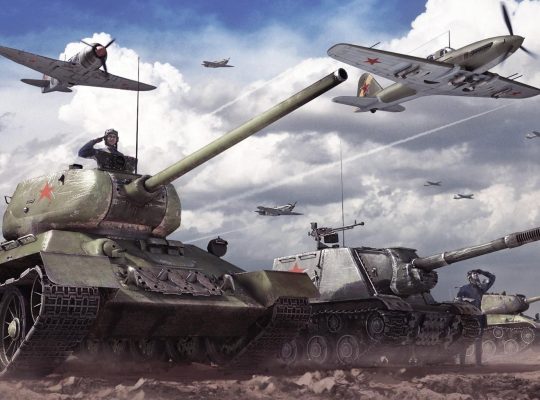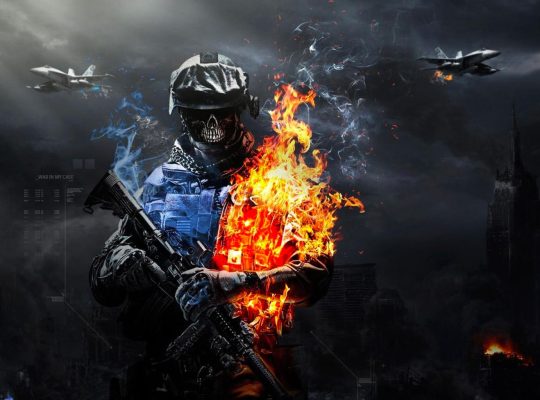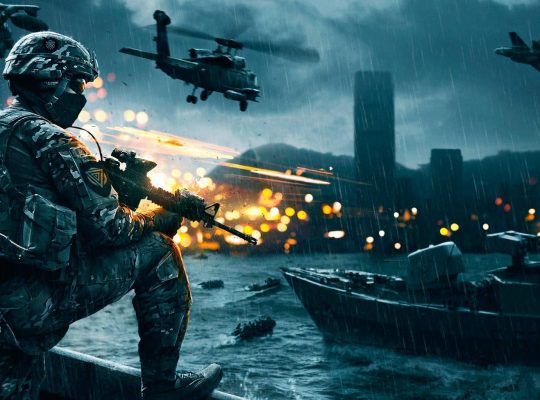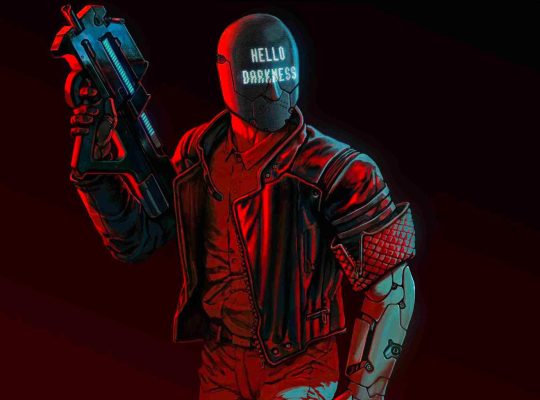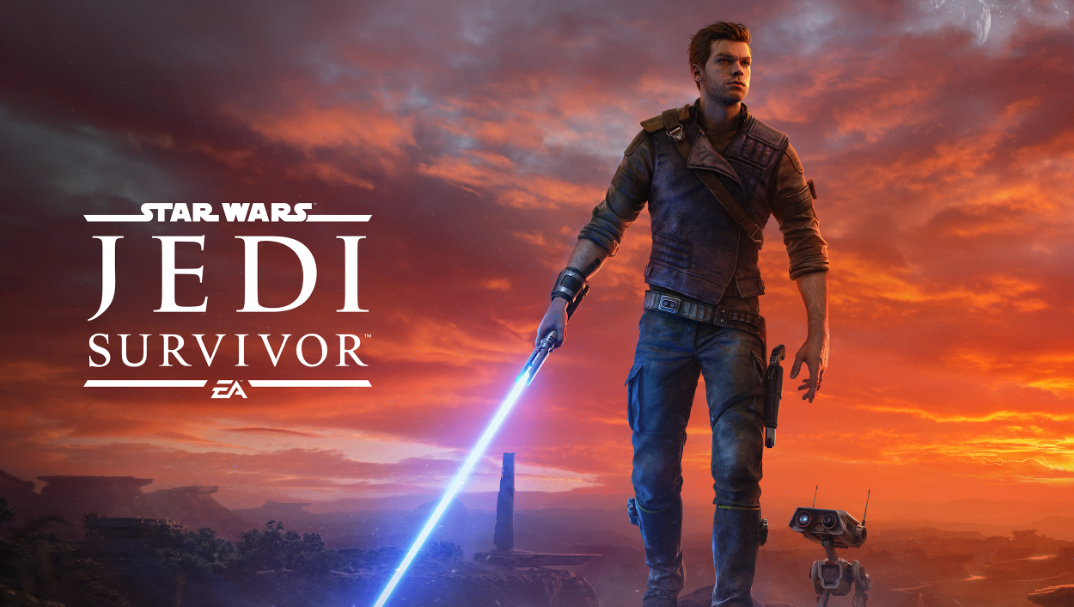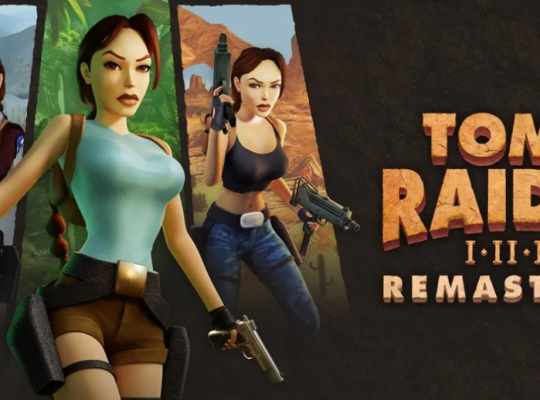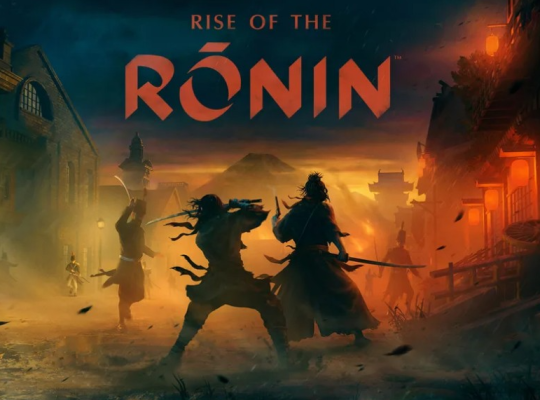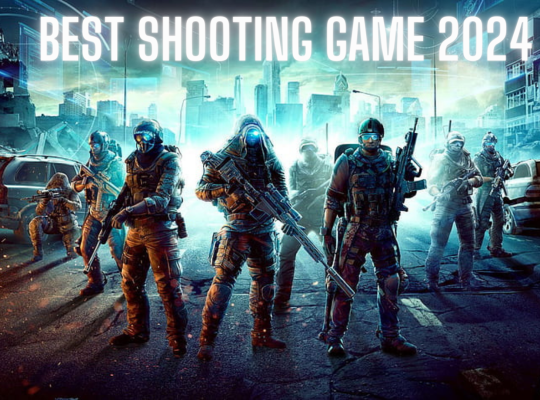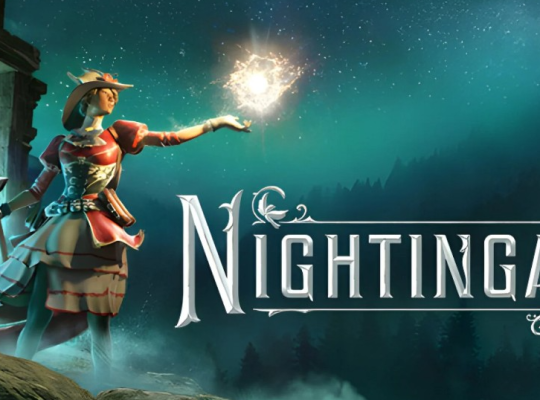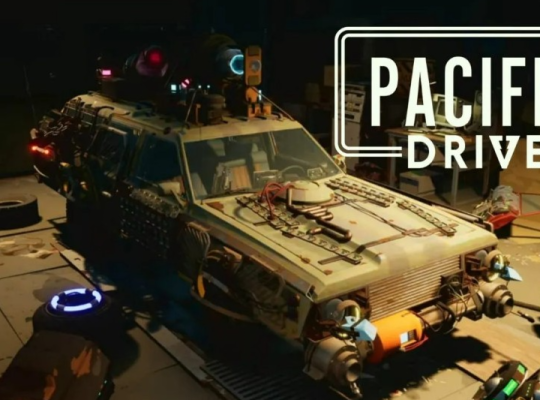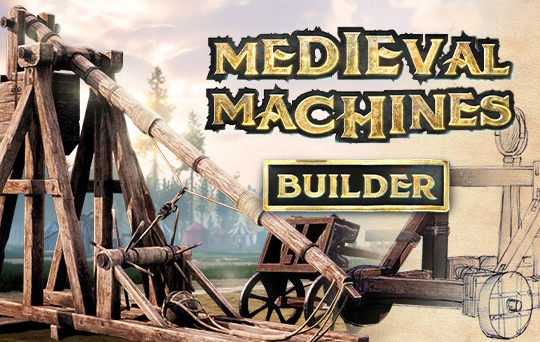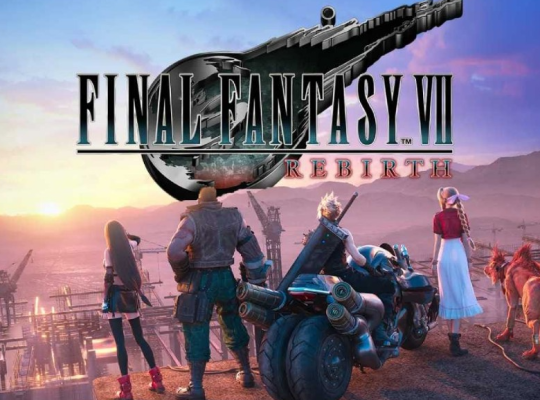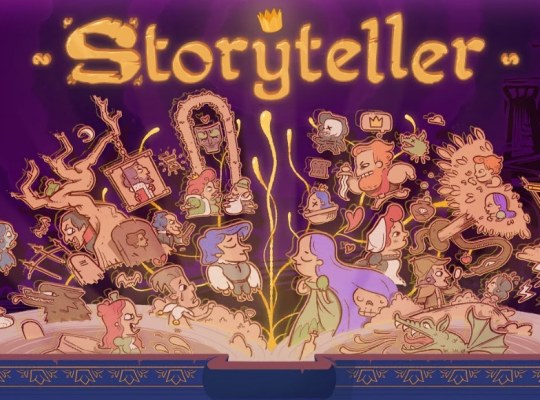Star Wars Jedi: Survivor Overview
Star Wars Jedi: Survivor propels players into a gripping third-person action adventure, reprising the role of Cal Kestis in a galaxy fraught with danger. Cal’s second foray into the tumultuous galactic landscape sees him facing off against both the relentless Empire and a formidable Sith antagonist, Dagan Gera. Yet, amid the swirling conflict, the game masterfully interweaves Cal’s internal struggles, haunted by the weight of past decisions.
Crucially, Cal is armed with the iconic lightsaber, emitting that distinctive, and accompanied by the endearing droid companion, BD-1. While battling Imperial forces and Sith adversaries, players find themselves on a quest not just for victory but also for a fresh pair of trousers—a testament to the game’s delightful blend of serious stakes and lighthearted charm.
Survival emerges as the central theme, questioning what it truly means to endure in a galaxy rife with peril. The narrative delves into the profound complexities of home, sacrifice, and the costs of survival. The storytelling, a standout feature, crafts a compelling Star Wars epic, introducing moments that carve out a distinctive identity for this sequel. Unfortunately, divulging the most intriguing details is a challenge, leaving players to discover the narrative gems on their own.
The game introduces the enigmatic Sith, Dagan Gera, whose survival is fueled by deep-seated grievances, notably the loss of an arm due to his erstwhile ally. This character is a noteworthy addition for both its diversity, portraying a disabled antagonist, and its unique portrayal—a hot, twinkish figure sure to inspire fan art. A particular cutscene featuring Dagan Gera stands out as one of the narrative’s finest moments, showcasing the game’s commitment to cinematic storytelling.
In a departure from the nomadic feel of the first adventure, Cal and his companions are rooted in Koboh, a dusty outpost town with an Old West ambiance. Greez, Cal’s old friend, runs a bar in this frontier settlement, offering a central hub for the protagonist and his growing group of associates. Koboh becomes a recurrent backdrop as players navigate the intricate relationships and camaraderie among the diverse cast of characters. From a snail in a diving suit to a pair of inversely-sized friends, the town is a tapestry of unique personalities, each contributing to the sense of community.
As Cal embarks on various missions, some of his newfound friends, such as the imposing Bode or the returning Merrin, join him in combat. The game introduces exhilarating team combat finishers, elevating the synergy between characters. However, most of the journey unfolds with Cal gracefully double-jumping through environments, accompanied only by the faithful BD-1.
While the game may not boast an abundance of maps, it compensates with intricately designed Swiss-cheese mazes. These environments fold and unfold, revealing Soulslike shortcuts and Metroidvania elements that encourage exploration and return visits. The landscapes are visually stunning, ranging from windy desert vistas to exploded moons and ominous dark swamps. Notably, Koboh, the largest setting, incorporates sub-levels, including a massive crashed starship and a treacherous swamp resembling a sticky Kinder toy.
Yet, despite the visual splendor, the game’s expansive maps introduce a potential pitfall. The numerous secret caves and perilous valleys contribute to an overwhelming sense of abundance. The sheer volume of discoverable locations may border on excess, potentially diluting the thrill of exploration.
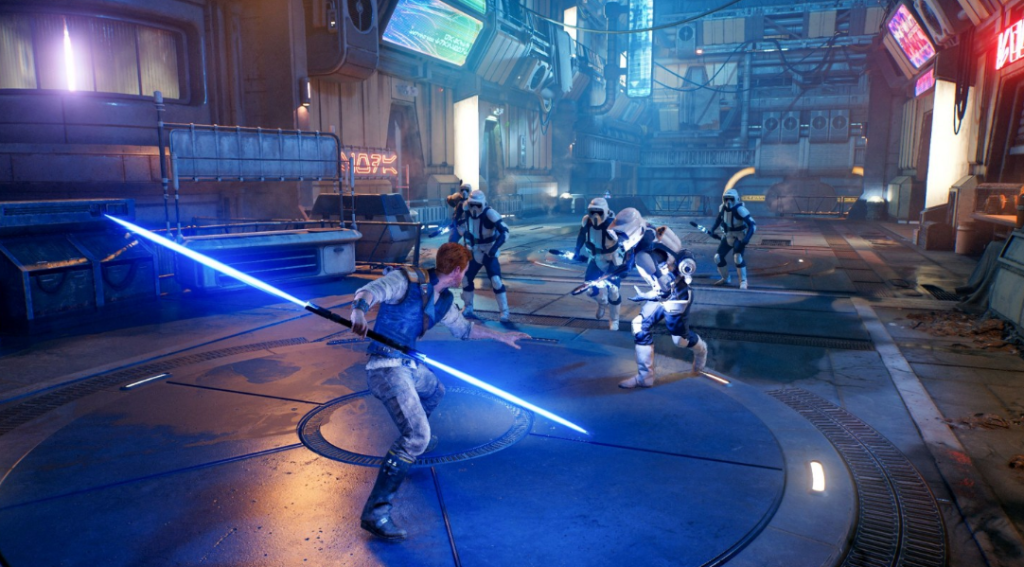
At first glance, Jedi: Survivor
May seem to align with the familiar, pulpy side of Star Wars – a gifted Jedi, a faithful droid companion, and a swashbuckling crew. However, the narrative goes beyond the surface, fearlessly delving into the darkest chapter of Star Wars history. It finds humor in an unfair world and, at times, confronts the harsh reality of helplessness.
The story isn’t a straightforward battle against the Empire; instead, it focuses on coping with its dominance, wrestling with the futility of rebellion, and questioning the remaining reasons to fight. Comparable to the tone set by Andor in the modern Star Wars media, Star Wars Jedi: Survivor manages to strike a balance, avoiding excessive ambition and cynicism. Despite occasional detours into the realm of a superficial villain with a red lightsaber, the narrative remains grounded, reminiscent of Uncharted in space.
However, what sets Jedi: Survivor apart is its exceptional execution of the Uncharted-style gameplay. While Fallen Order pursued Naughty Dog’s trends, Star Wars Jedi: Survivor boldly breaks free from those conventions. The game seamlessly combines climbing, double jumps, air dashes, wall runs, and grapple hooks, offering an exhilarating experience. Striking an almost equal balance between combat and platforming, Respawn successfully revives the big-budget 3D platformer, reminiscent of the golden era of third-person action games.
The game’s platformer spirit comes alive in the hub world of Koboh, a frontier planet embroiled in a turf war between stormtroopers and raiders armed with reprogrammed prequel droids. Contrary to expectations, a significant portion of the game unfolds on Koboh, featuring multiple full-sized levels, side quests, secret areas, puzzle rooms, and optional boss battles. Although technically an open world, Koboh is more akin to a collection of linear levels connected to a central hub, reminiscent of a PS2-style platformer without loading screens.
While Star Wars Jedi: Survivor lacks the traditional trails of floating gems or coins to guide players to optional areas, Respawn compensates with a dozen or so side quests and bounty hunts. These quests, often initiated by Koboh locals, lead players to lesser-explored corners of the map, providing a mix of story setups, cave diving for treasure, and warnings about dangerous droids on the loose. The rewards may seem underwhelming, but the mini-dungeons and environmental puzzles on Koboh contribute to a consistently engaging experience.
Customization plays a significant role in Jedi: Survivor
Players can experiment with Cal’s appearance, including shirts, jackets, pants, and hairstyles. Additionally, Cal’s lightsaber, blaster, and BD-1 can be customized with numerous parts and materials. The attention to detail is remarkable, catering to Star Wars enthusiasts who may recognize obscure references in the equipment. However, the unpredictable nature of loot from chests poses a minor challenge in Star Wars Jedi: Survivor .
Know More – PS5 Game Console: Review, Design, Price And More
Exploration in Jedi: Survivor
This leads to unexpected delights, such as the discovery of purple rifts that transport Cal to dream-like worlds for platforming or combat challenges. In these moments, Respawn’s level design takes a departure from the Uncharted style, resembling Neon White. These challenges, featuring timed jumps, dashes, and grapple skills, showcase Star Wars Jedi: Survivor outstanding platforming capabilities, a considerable improvement from Fallen Order’s lethargic moveset.
The ease of backtracking enhances the overall enjoyment. Unlike Fallen Order, where frequent return trips meant repetitive fights and climbs, Jedi: Survivor introduces fast travel between checkpoints and an abundance of shortcuts. However, the overabundance of shortcuts, mainly in the form of ziplines or ropes, raises concerns about the artificiality of the spaces between significant climbs.
Star Wars Jedi: Survivor introduces enhancements to combat, making it even more captivating with the inclusion of droids. Cal’s proficiency with a lightsaber during the five-year time skip is evident in the visceral gameplay – limbs are severed, bugs are bisected, and Cal occasionally wields a blaster for a finishing touch inspired by John Wick.
The addition of a blaster introduces two new saber stances, expanding the total to five: single saber, double-sided saber, dual saber, blaster, and crossguard. Respawn impressively differentiates each stance, providing a unique move set, upgrade tree, and inherent trade-offs. Star Wars Jedi: Survivor diverse combat styles add depth, with each stance offering a distinct strategic advantage. For example, the double-sided saber excels in crowd control with its long reach, while dual sabers deliver rapid damage at the cost of committing to lengthy combos.
Personal preference led to the selection of the blaster and crossguard stance for the majority of the game, showcasing the game’s versatility. The blaster stance, in particular, deviates delightfully from the typical Star Wars combat experience. Star Wars Jedi: Survivor strategic interplay between ranged attacks and saber strikes, along with the ability to replenish blaster ammo through saber damage, adds a unique dimension to combat. The blaster mode’s fencing-like saber attacks, while less powerful than the dedicated single saber stance, allow players to maintain distance while recharging their gun.
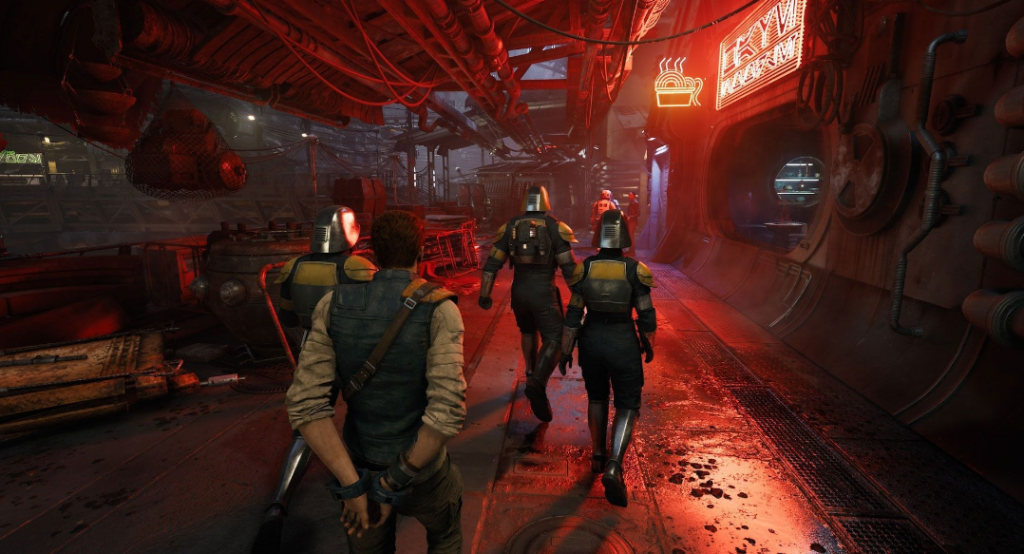
The combat system in Star Wars Jedi: Survivor
Resonated more effectively than Fallen Orders. The variety of stances, coupled with a more extensive range of enemy types, contributed to a satisfying and accessible experience. The game strikes a balance with a default difficulty that ensures enough health stims for challenging encounters, minimizing frustration.
However, the otherwise enjoyable experience is marred by persistent performance issues in the PC version. Despite Nvidia’s latest driver optimizations, framerate drops occur frequently, particularly when the game is loading background elements. From double-digit drops when stepping through doors to slideshow-like experiences in the galaxy map, these issues disrupt the immersion. The performance in the open parts of Koboh is notably subpar, indicating potential optimization challenges in rendering large spaces.
Efforts to address performance concerns through graphics options yielded limited success. The absence of native framerate limiting options and reliance on Nvidia control panel adjustments underscore the need for optimization. The introduction of FSR 2.0 as the sole upscaling option presents its own set of challenges, often failing to improve fps while compromising visual clarity.
Despite these performance setbacks,
a pre-release patch promises “performance improvements across all platforms.” While optimism surrounds potential enhancements, it remains uncertain whether all framerate issues will be resolved immediately. In an era plagued by subpar PC ports, the performance concerns are unfortunately not unique to Star Wars Jedi: Survivor .
Setting aside the performance issues
Star Wars Jedi: Survivor stands out as a larger, more daring game compared to its predecessor. Respawn prioritizes tight-level design over expansive map scale, a deviation from the prevailing trend of sprawling sandboxes. The result is a game that represents Respawn firing on all cylinders, having honed their approach to the unique soulslike adventure format.
In essence, Star Wars Jedi: Survivor caters to the desires of Star Wars enthusiasts, delivering an excellent story intertwined with classic Star Wars elements, musical cues, and narrative moments. However, for those less enthralled by a John Williams horn reprise, the game offers a solid adventure with a vibrant yet occasionally frustrating open world. The experience is characterized by a tendency to guide players back to the main storyline, limiting autonomy and occasionally grappling with technical hiccups. Despite these shortcomings, the sharp narrative of Jedi: Survivor remains a shining beacon in the vast galaxy of gaming.
In summary, Star Wars Jedi: Survivor masterfully blends intense action, heartfelt storytelling, and a touch of humor, offering players a compelling adventure in the Star Wars universe. The theme of survival adds depth to the narrative, exploring profound questions against the backdrop of galactic turmoil. With its engaging characters, impressive environments, and a few notable narrative surprises, the game stands as a worthy successor, enriching the Star Wars gaming experience.


